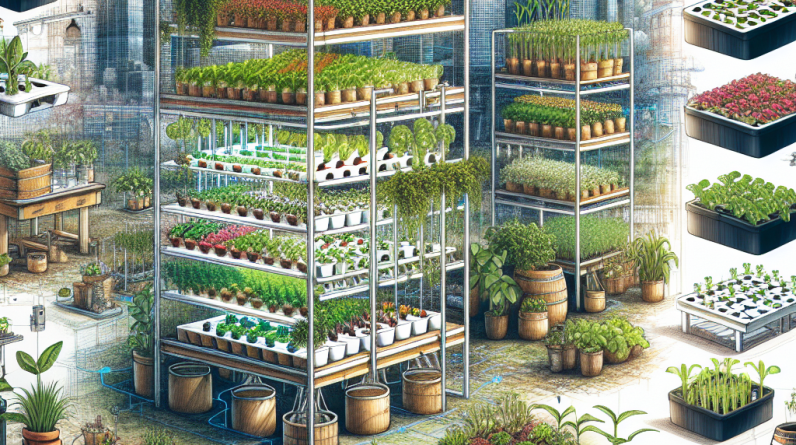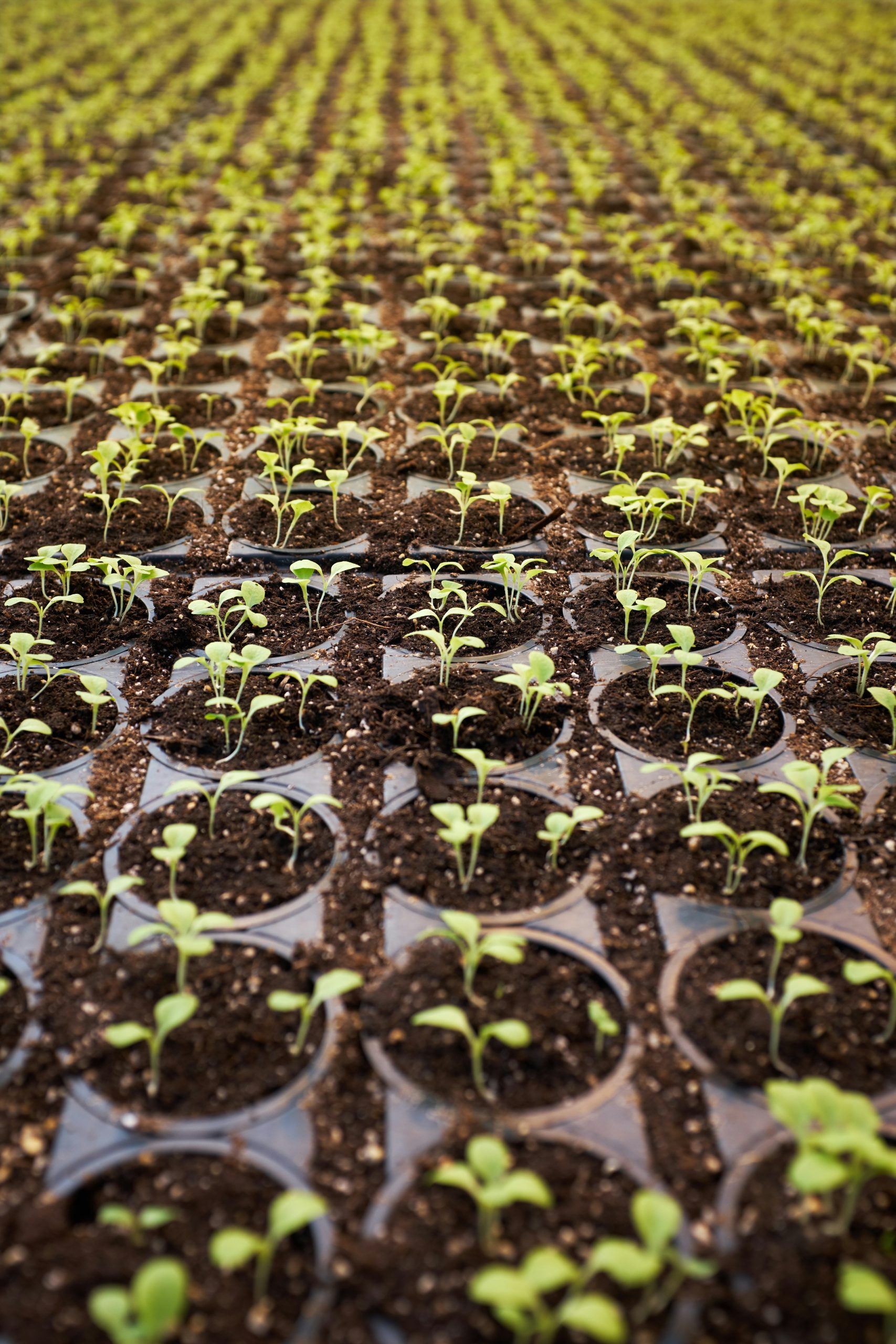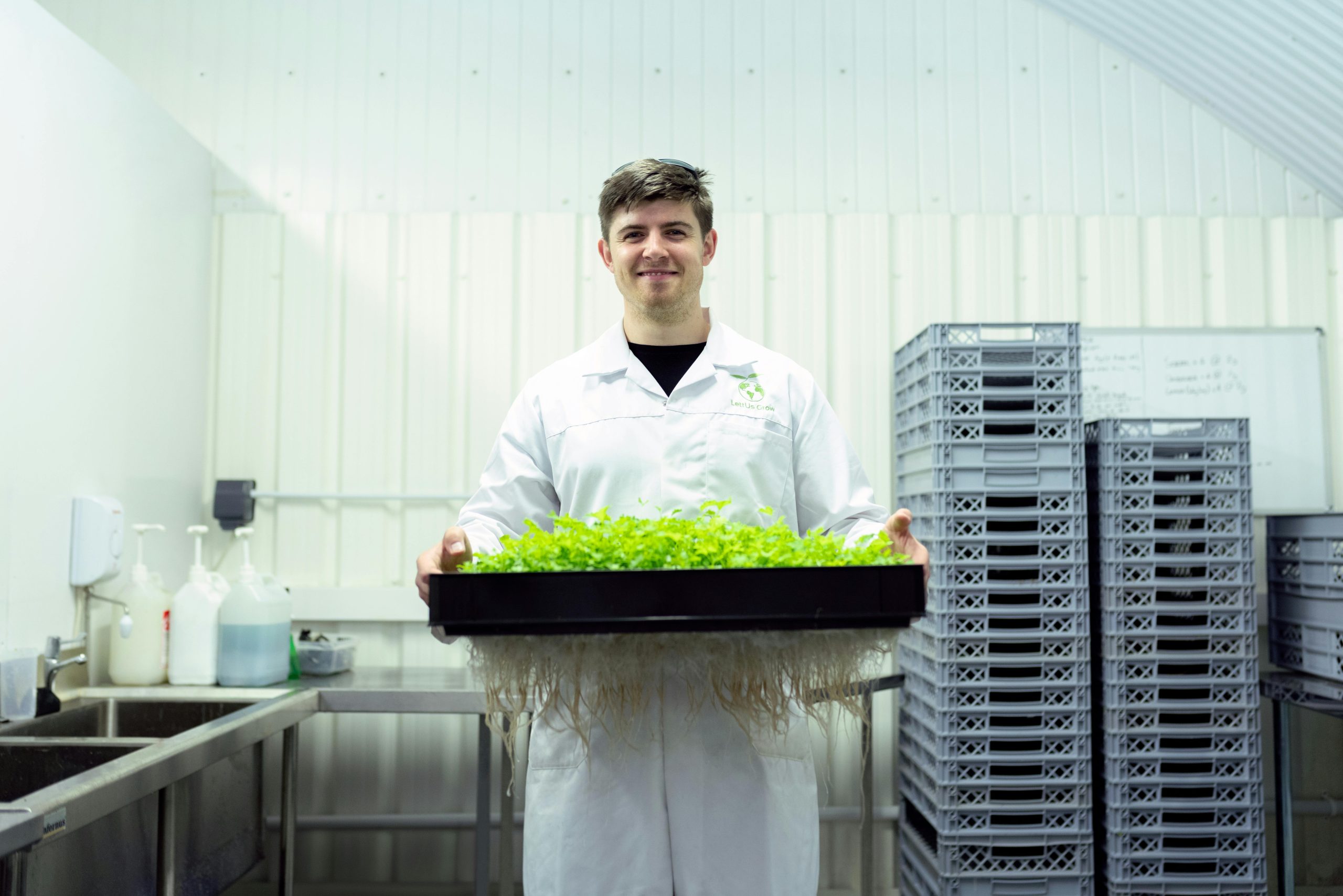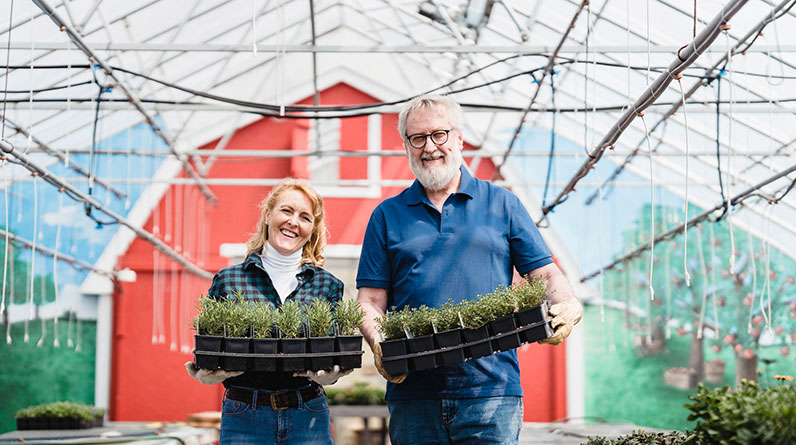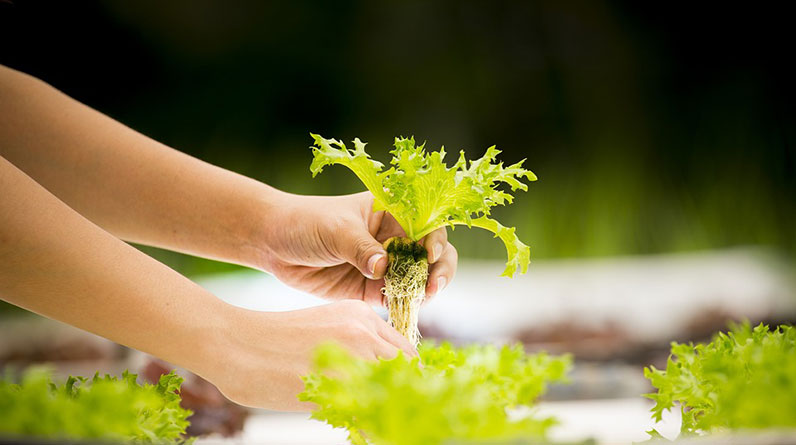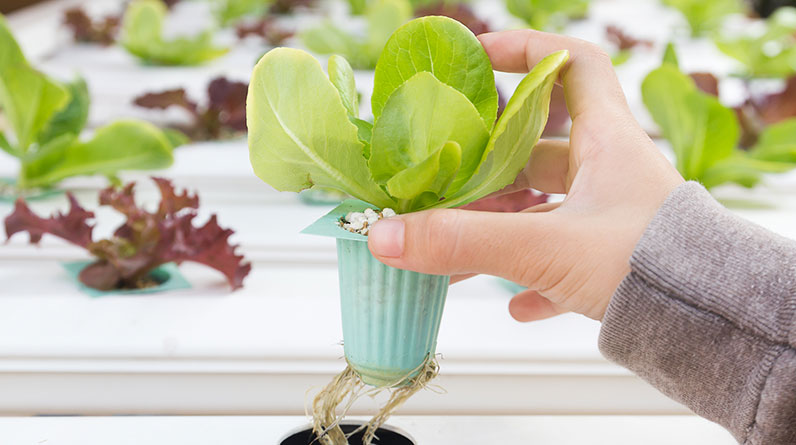
The Benefits of Indoor Hydroponic Gardening
Indoor hydroponic garden systems use nutrient-rich water instead of soil to grow fresh fruits, herbs, and veggies. They’re easy to care for and produce impressive yields.
With no soil for weeds to grow or pests to take over, you can rest assured that your crops are healthy and free from disease.
Understanding Indoor Hydroponic Gardening
With a very simple explanation, hydroponic gardening is a way of growing plants without soil by providing them with nutrient-rich water and minerals instead. This method of gardening is more efficient and productive than traditional methods as the plants are able to absorb the nutrients they need directly from the solution they are in, resulting in faster growth.
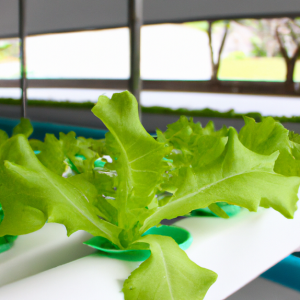 Hydroponic farming is an eco-friendly alternative to traditional farming, as it requires significantly less water to cultivate plants in a hydroponic garden. This makes it a great choice for home gardeners looking to save money on their water bill.
Hydroponic farming is an eco-friendly alternative to traditional farming, as it requires significantly less water to cultivate plants in a hydroponic garden. This makes it a great choice for home gardeners looking to save money on their water bill.
Hydroponics allows for precise control and regulation to maximize plant yields. This system supplies plants with the precise amount of water, sunlight, carbon dioxide, and nutrients that are necessary for optimal growth. By ensuring that each plant receives the right nourishment, hydroponic gardens provide an environment for healthy and successful cultivation.
This type of gardening is ideal for those who have limited space or difficult growing conditions. It is a great option for farmers who are restricted by their soil conditions, live in remote areas with limited access to supplies and tools, or are otherwise unable to cultivate their land in traditional ways.
By using hydroponic gardening, growers are able to take advantage of more precise control over the pH, CO2, heat, air flow, nutrient content, water usage, and lighting. This has enabled them to maximize their crop yields, resulting in higher profits.
No matter your level of understanding when it comes to indoor hydroponic gardening, the web is full of valuable advice. From guidance on how to get started to extensive instructions on constructing your setup, you can find numerous online sources that can assist you in growing your perfect hydroponic garden.
Planning Your Hydroponic Garden
Creating a hydroponic garden can be a great way for those who want to cultivate plants inside. It is easy to set up and takes up very little space, making it an ideal solution.
The environmental advantages of this type of gardening are considerable; it takes up less space than traditional gardens and does not release toxic chemicals into the air or ground.
Creating a successful indoor hydroponic garden requires careful planning. Before starting, think about how much money you are willing to spend, the size of the space you have available, and which types of plants you would like to grow. Make sure to consider all these factors before making any decisions.
When constructing your own hydroponic garden, it is essential to take into consideration the amount of time and energy you can dedicate to its upkeep. To ensure the health and longevity of your plants, be sure to keep a close eye on variables such as nutrient solution, oxygen levels, temperature, and lighting. Regular monitoring and maintenance is key for successful hydroponic gardening.
The next step in designing an indoor hydroponic garden is to choose the necessary equipment. You can either buy a pre-made hydroponic system or build one from scratch.
A wick hydroponic system is a popular choice for growing plants without soil. It consists of a tray or tank that holds a nutrient solution and a cotton wick that runs up into the plant pots. The wick absorbs the solution, supplying the plants’ roots with the necessary nutrients. The nutrient solution is replenished from the reservoir as needed, so the plants can access it as they need it.
An ebb and flow system is a combination of deep water culture and wick hydroponics. It has a plastic container that holds a nutrient-rich liquid and a few strings or wicks which connect it to the pots where the plants’ roots are located. The nutrient-filled liquid is then circulated in and out of the pots, allowing the plants to absorb the nourishment they need.
An alternate way to water your plants is the use of drip irrigation systems. This is more efficient than other strategies as it provides for individualized irrigation for each plant. In addition, this strategy is beneficial to the environment as it saves both water and energy.
Selecting the Right Equipment for Hydroponic Gardening
A hydroponic system necessitates a holding vessel to keep the water necessary to give plants sustenance. This might be either an exclusive plastic bucket or a bigger tank constructed exclusively for hydroponics. Furthermore, the holder should be covered to stop water loss or rainfall harm.
An essential component of hydroponics is the incorporation of an aeration system. This system includes adding a pump and an air stone to the water, allowing oxygen to be supplied to the roots of the plants.
You can purchase aerators of good quality from many gardening stores. It is essential to make sure the aerators you get provide enough air circulation for your plants.
Keeping your aerators in good condition is critical to stop bacteria and other toxins from harming your vegetation. For ideal results, switch them out at least every 18 months or so.
Choosing the right aerator for your crops depends on the size of the roots. If your plants have long roots, you may need to use an aerator that provides more air than what is needed for shorter roots.
Giving your plants the right nutrients is essential for their growth and development. Investing in quality fertilizer specifically designed for hydroponics is a great way to ensure your plants get the nourishment they need. Make sure to follow the directions on the label when using it, so that your plants get the best benefits.
In conclusion, your hydroponic system must have sufficient lighting in order for your plants to develop properly. To ensure this, it is best to choose T5 or metal halide lamps, as most edible plants need a minimum of six hours of light daily.
Choosing the Right Plants
Hydroponic systems make it easy to cultivate healthy and fast-growing vegetables. These plants need minimal attention and can produce great results with little effort.
Hydroponic gardening is a type of gardening where plants are grown without soil, instead being grown in a nutrient-rich liquid solution or a medium such as gravel, perlite, or vermiculite. This type of gardening is great for growing certain types of plants, such as tomatoes, peppers, beans, and strawberries which can thrive in either a nutrient solution or aggregate culture system.
Tomatoes have been a popular choice for both amateur hydroponic gardeners and professional producers due to their effortless growth, versatility, and heavy yields. Additionally, they don’t require much light – making them perfect for indoor cultivation.
Bell peppers are ideal for growing in a hydroponic system. They do well in nutrient-rich, aquatic environments and can be harvested in a relatively short amount of time – usually between 3 to 8 weeks – depending on the type of pepper and the climate in which it is being grown.
Beans are a highly productive crop that can be grown utilizing numerous techniques, such as wick set-up and aeroponic systems. Several types of beans, such as green beans, lima beans, pinto beans and pole beans, can thrive in hydroponic gardens; they just need something to hold them up, like a trellis or A-frame.
Cucumbers are a great type of plant to grow hydroponically. There are many varieties of cucumbers, from the thick skinned American slicers to the long and seedless European types and the smooth Lebanese cucumbers. You can find the one that works best for your hydroponic garden.
Maximizing Light and Temperature Conditions
Hydroponic gardening indoors provides the advantage of having more control over the growing environment. Through adjusting the nutrients and light intensity, farmers can achieve higher yields with various plants, like lettuce and other leafy greens.
Hydroponic farming has an advantage of drastically reducing the risk of pest infestations, since soil-borne diseases do not exist in a hydroponic garden. To keep the hydroponic system healthy, it is important to maintain a high level of cleanliness and hygiene, which will help to prevent the spread of diseases.
It is important to be aware of the type of light your plants need in order to thrive. Make sure that the light source you choose provides enough energy, in the form of photons, for the plants to use in photosynthesis. This energy is known as photosynthetic active radiation (PAR), and it is essential for healthy plant growth.
The best kind of light for indoor plants is full-spectrum light, which consists of a combination of red and blue wavelengths. This type of light is important for plants to be able to photosynthesize and promote healthy growth.
Maintaining the right temperature of the solution is a must for a successful hydroponic garden. It may be a bit more difficult in colder climates, but it is necessary to make sure the water temperature is suitable for the particular crop you are growing.
When selecting a hydroponic system for your plants, it’s important to consider the type of seed pod they will be using. Different brands may offer various seed pods, each with their own characteristics which may be more or less suitable for certain types of plants. Choosing the right seed pod can help ensure your plants remain healthy.
Conclusion
Hydroponic gardening provides an array of benefits, including the ability to cultivate a variety of greens, root vegetables, and fruits that do not require irrigation or pesticides. This is becoming increasingly important as concerns about water and food costs continue to rise. Moreover, it also helps people save on water and food costs.


